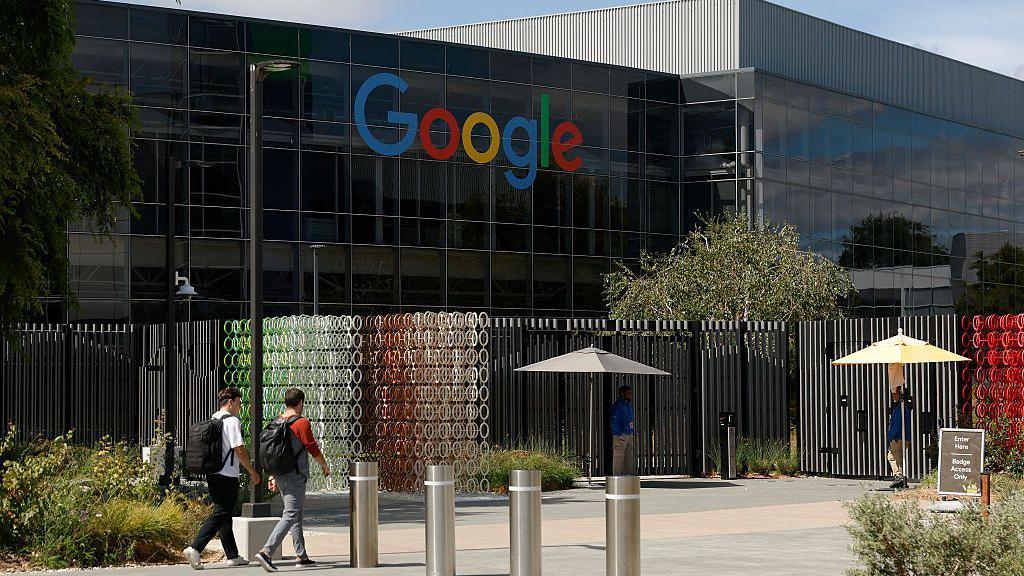Google Data Center in India: A Deep Dive into the $15 Billion AI Hub
Google has made headlines with a major new data center / AI hub announcement in India. This move is not just about infrastructure—it’s about reshaping the digital, economic, and AI future of the country. Below are the details, implications, challenges, and what comes next.
🔍 What Google is Announcing
- Google is committing USD $15 billion over five years (2026-2030) to build its first AI hub in India. (blog.google)
- The project will be located in Visakhapatnam (Vizag), Andhra Pradesh. (blog.google)
- The plan includes a gigawatt-scale data center campus, large-scale energy infrastructure (renewable + transmission lines), subsea and fiber-optic cable connectivity, and clean energy storage. (blog.google)
- Partners include AdaniConneX and Bharti Airtel for infrastructure (power, connectivity, citywide fiber / subsea cables) and green energy components. (Adani)
🗺 Economic Scale & Job Creation
- The project is expected to create around 1.88 lakh (≈188,000) direct and indirect jobs. (The New Indian Express)
- It’s one of the largest foreign direct investment (FDI) commitments in Indian digital infrastructure. (The Economic Times)
- Economic impact forecasts show substantial contributions to the state’s and region’s GDP (GSDP), via both direct operations and through ancillary sectors (power, fiber optics, cloud services, etc.). (The Economic Times)
🌐 Strategic & Technical Features
- The facility will not just be a data center, but a full AI-hub, meaning Google intends to deploy its “full AI stack” (compute, storage, software, networking) to support demanding AI workloads. (blog.google)
- New subsea gateway infrastructure will be built to connect Visakhapatnam with multiple international submarine cables, improving connectivity and lowering latency for services in India and globally. (blog.google)
- The investment includes renewable/clean energy sources, and energy storage systems, to make operations more sustainable and resilient. (blog.google)
✅ Why It Matters
- Boost to India’s AI & Digital Ambitions
The hub aligns with India’s missions like Digital India and IndiaAI by enabling local AI / cloud capabilities rather than depending solely on foreign data centers. It supports local research, enterprises, and startups. (blog.google) - Infrastructure & Connectivity Improvements
With fiber optics, subsea cables, upgraded power infrastructure, and green energy, this project will improve the backbone of connectivity in eastern India. (The Times of India) - Economic Growth & Employment
The expected job creation, boost to local GDP, and ancillary benefits (real estate, services, utilities) make this a potential game changer for Visakhapatnam and Andhra Pradesh. (The New Indian Express) - Global Tech Positioning
This becomes Google’s largest investment in India and one of its biggest in AI infrastructure outside the U.S. It signals India’s growing importance in the global tech ecosystem. (Reuters) - Sustainability & Energy Trends
With committed investments in clean energy and efficient infrastructure, this project could help address concerns about data centers’ energy consumption and environmental impact. (blog.google)
⚠ Challenges & What to Watch
- Power & Energy Supply: Sustaining a gigawatt-scale facility demands reliable, high capacity, low-carbon power. Ensuring green energy supply and storage will be critical. (ETTelecom.com)
- Implementation timelines: Projects of this scale often face delays (land acquisition, regulatory approvals, setting up infrastructure). Delivering from 2026 to 2030 at scale requires efficient execution.
- Skilled Labor & Ecosystem Support: Will need technical workforce, engineers, support infrastructure. Training and policy support will matter.
- Environmental Impact: Data centers need large amounts of water for cooling, land, and will have to manage carbon footprint, waste heat, etc. Renewable commitments help, but actual implementation matters.
- Regulatory & Policy Environment: Consistent policies on land, tax incentives, electricity pricing, state cooperation are essential. There may be political debates, as seen between states competing for such investments. (The Times of India)
🔮 What Happens Next: Timeline & Expectations
- Construction and ramp-up are expected between 2026 and 2030. Some reports mention the first phases will yield the gigawatt power, connectivity, and subsea gateways during this period. (blog.google)
- Partnerships with Adani, Airtel, state governments will play a strong role in infrastructure delivery, incentives, and regulatory approvals. (Adani)
- Monitoring metrics will include how much renewable energy is used, how fast latency improves for local users, degree of job-creation, ecosystem growth (startups, research), and digital service availability.
📝 Conclusion
Google’s AI hub in Visakhapatnam represents a landmark moment for India’s technology infrastructure. With massive financial commitment, strategic partnerships, clean energy focus, and anticipated economic benefits, it could transform Visakhapatnam into a global AI node and help drive forward India’s digital ambitions.
If done well, it will not just support Google’s global services but uplift local economies, improve connectivity, foster innovation, and accelerate the country’s AI readiness.







Be First to Comment